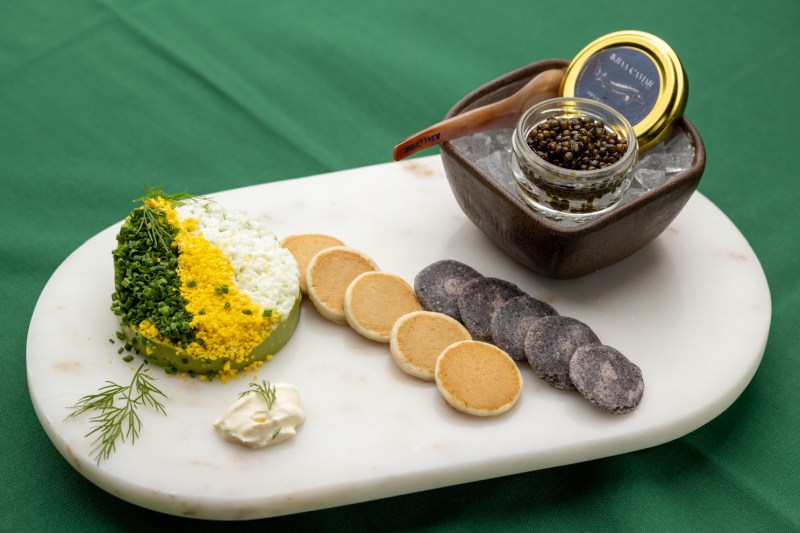
A guacamole recipe hardly needs an introduction as one of America’s most popular Mexican cuisine items. Making guacamole seems straightforward — mixing creamy avocados with fresh lime juice, salt, and aromatics. But what happens when you add ingredients that push this simple recipe to luxurious heights? What if you pair typical
If those ingredients sound amazing, Casa Bond, an elegant Mexican restaurant in New York City, serves up precisely this kind of upgraded guacamole, adding unique twists to tradition. We interviewed them to learn all about their one-of-a-kind

Casa Bond’s Lobster Guacamole
Ingredients:
Serving size: 6
For lobster:
- 1 pound fresh lobster
For lobster marinade:
- 2 shallots, diced
- 1 ounce fresh thyme, chopped
- 3 tablespoon of fresh diced garlic
- 2 ounces of white wine
- 1 cup of Valentina hot sauce (Mexican hot sauce)
- 1/2 cup of Tabasco hot sauce
- 1 ancho pepper, finely chopped
For Guacamole:
- 4 Mexican ripe Hass avocados
- 1/2 medium white onion, chopped
- 6 fresh cilantro leaves
- 2 fresh serrano chiles
- 1 1/4 ounce fresh lime juice
- 1 1/2 teaspoon kosher salt
- 1/4 teaspoon white ground pepper
Method:
- First, boil your lobster, 1 pound typically takes about 8 minutes to cook. Once cooked, allow the meat to rest for 5 minutes.
- Next, prepare the lobster marinade. In a pan combine the shallots, thyme, and diced garlic. Cook at a low temperature until browned, then add the white wine, stir, and when it the mixture stops bubbling add the Valentina hot sauce (Mexican hot sauce), tabasco hot sauce, and ancho pepper. Allow the sauce to simmer for 5 minutes.
- Add the lobster meat to the pan with the marinade and stir till combined. Remove from the heat and set aside while preparing the guacamole.
- For the guacamole, Slice four ripe avocados in half, remove the pit and scoop them into a mixing bowl. Then use a fork to gently mash them to your desired level of chunky or smooth. Add the onions, tomatoes, cilantro, habanero, jicama, lime juice and salt and stir till combined.
- In a serving bowl, add the guacamole and top with the marinated lobster, and serve immediately. Enjoy!
Guacamole tips and tricks
The key to a good guacamole is a balancing act — the flavors of the various ingredients should be in harmony. Lobster is sweet and a great contrast to the savory creaminess of
Finally, while corn tortilla chips are always a classic pairing to scooping up guacamole, at Casa Bond, they like to serve their



